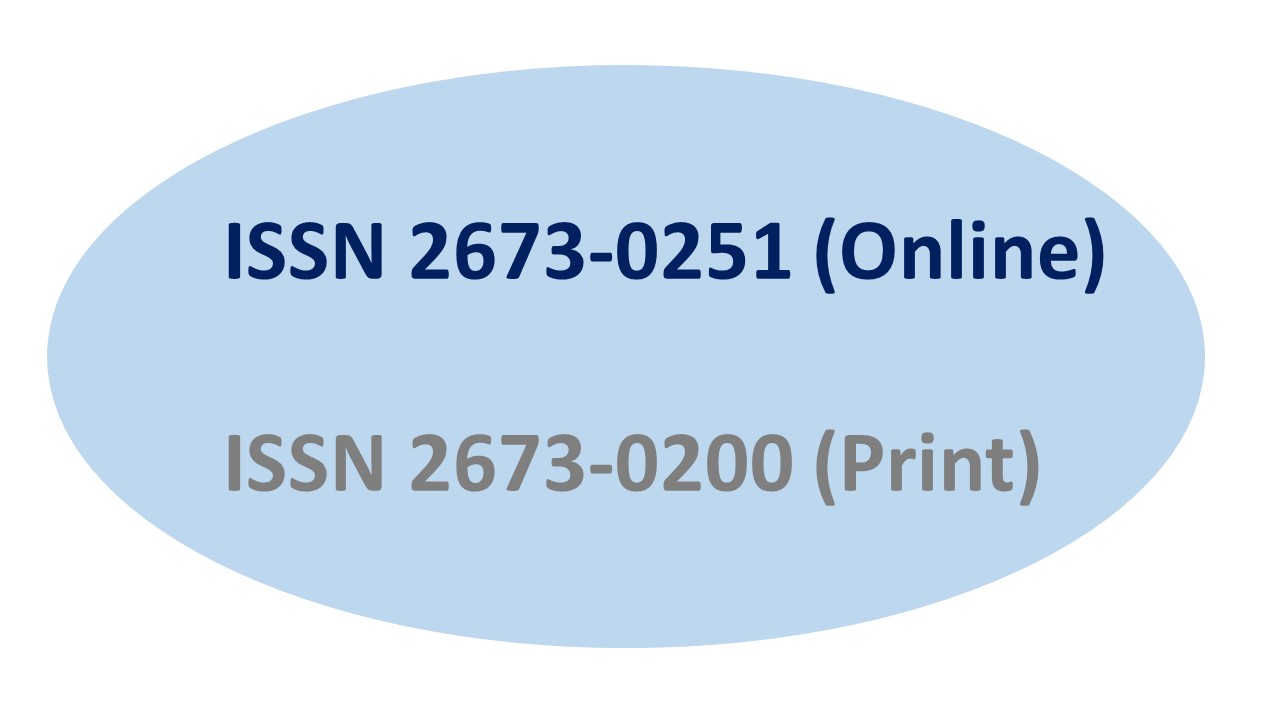The Problems that Affect Finances of Elderly Patients Undergoing Stroke Recovery at Home
Keywords:
economic needs, the elderly, strokeAbstract
Potential outcomes of stroke are fatigue, pain, dependence on others to complete activities of daily living, and economic problems. We conducted a qualitative study to investigate the economic needs of elderly patients undergoing stroke recovery at home. The sample group consisted of 10 elderly patients who were obtained by purposive sampling. Data were collected through interview. Obtained qualitative data were analyzed by using content analysis. Results of the study revealed that all of the informants were government official retirees having an income for 13,500 – 28,000 baht per month. Most of them stayed with their caregiver at home (60%). The rest of the participants were at home alone (20%) or stayed with family members (20%). They could not go to the bank or Automatic Teller Machine (A.T.M.) to withdraw cash money. They also could not trust anyone to manage their personal finances. All of the informants (100%) were financially taken advantage of in various forms. Examples include money was stolen from their house, they were overcharged for food and other things, or they were extorted for money and threatened with physically assault. Respondents identified desired potential solutions for their economic needs: 1) financial management system operated by a public agency, particularly the Ministry of Public Health or a public university; 2) inexpensive service charge with recognized standards and a system to submit complaints in the case of any improper charges or financial practices; 3) financial security system provided by a bank or concerned agencies; 4) house security system such as close circuit camera and online systems; and 5) effective elderly care taking training center.
References
Row, US.
Hirunkhroh, B.et.al. (2007). Effects of Recovery at Home towards Quality of
Life of Stroke Patients: Nursing Journal. 34 (1).
Kasornsunt, P. (2015). Transitional care model for stroke patients at
ChaoprayaYommarat Hospital, Nursing Journal of the Ministry of Public Health,25 (1), 83-96.
Peansungnern, N.et.al. (2016).Evaluation of Training Course for Caregivers
to Older Adults, ANPOR conference, Siem Reap, Cambodia; 10-12 November.
Phetruang, N. et.al. (2013). Continual Stroke Patient Care-taking in the
Community Health Center, Journal of the Royal Thai Army Nurses.
14 (1).
Prasat Neurological Institute. (2009).The study for stroke development in
secondary and tertiary medical level, Bangkok, The War Veterans
Organization press, Thailand.
Punjaisri, S., Puanpathom, N., &Werasarn, K. (2015). Clinical Practice
Guidelines for Hemorrhagic Stroke, Bangkok:Thana press, Thailand.
Runkawatt ,V. et.al (2016). The needs of elderly patients and caregivers of
stroke recovery at home, ANPOR conference, Siem Reap, Cambodia; 10-12 November.
Sasat,S., Rodcumdee,B., & Pukdeeprom,T. (2010). Developing A model of
Elderly Care-taker Quality Assurance: Thai Journal of Nursing
Council, 25(1), 38-51.
Spence,D. & Barnett, M. (2012). Stroke prevention,Treatment, and
Rehabilitation, The McGraw-Hill companies, Canada.
World Health Organization, (2015). Definition of stroke. Accessed on
January, 2015, from http://www.emro.who.int/health-topics/stroke-
cerebrovascular-accident
Downloads
Published
Issue
Section
License
If the manuscript is accepted for publication, copyright of the article shall be assigned to the IJPHS. After acceptance of a manuscript, the authors will be requested to complete a copyright transfer agreement form







